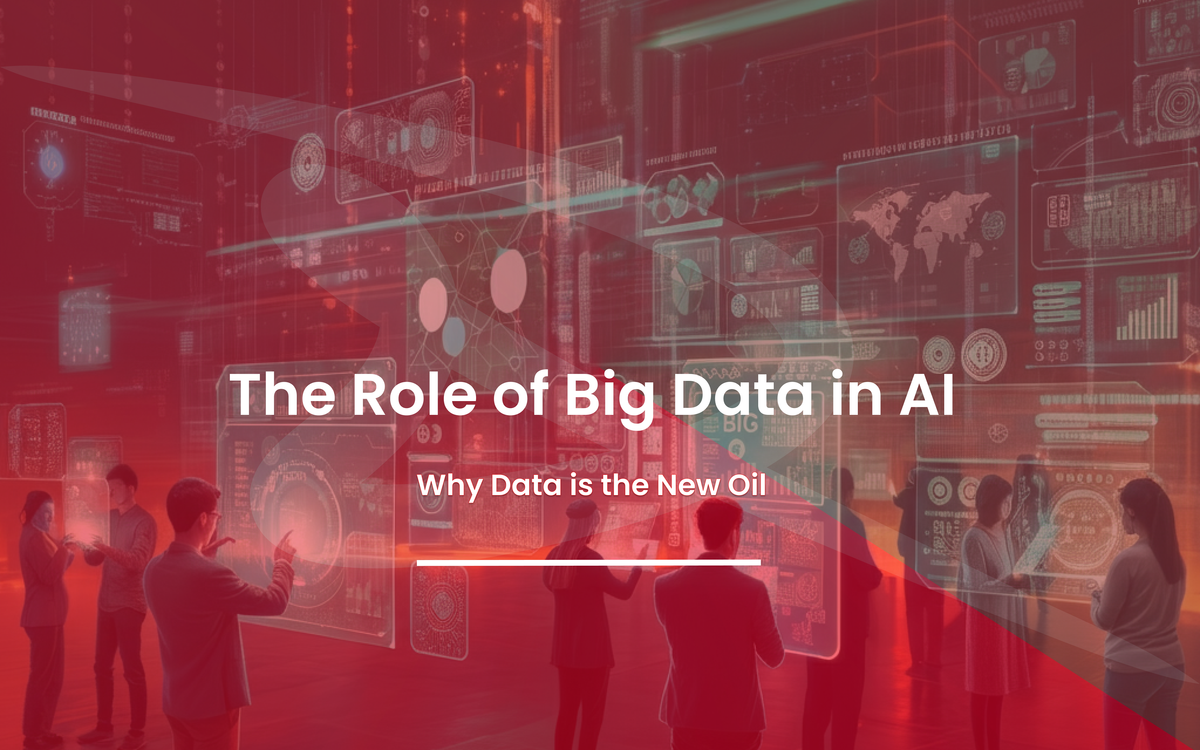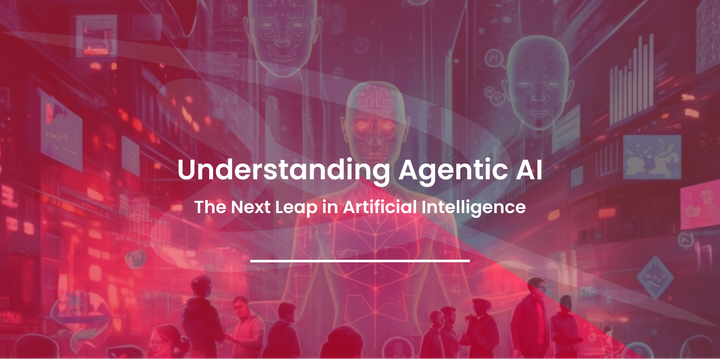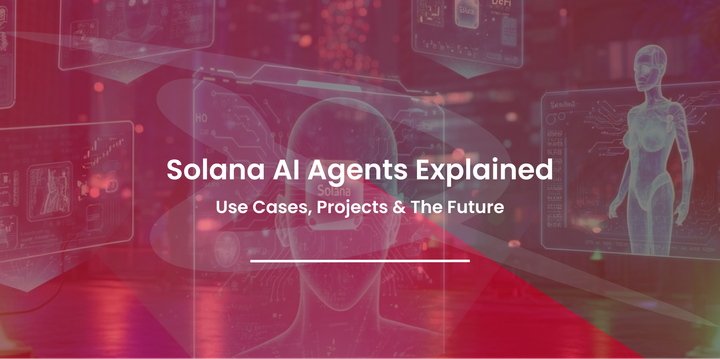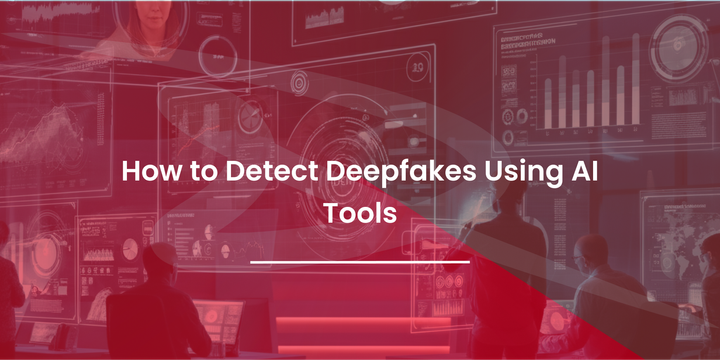The Role of Big Data in AI: Why Data is the New Oil
AI thrives on Big Data. Learn how this dynamic duo powers industries, ensuring data-driven innovation in healthcare, finance, and more.

Artificial Intelligence (AI) is driving innovation across industries, revolutionizing the way we work, think, and even live. But while AI often takes the spotlight, there’s another layer working silently, underpinning its incredible capabilities—Big Data. You’ve probably heard the phrase “data is the new oil.” But what does it mean, and why is Big Data so vital to AI?
Dive into this exploration of the symbiotic relationship between Big Data and AI, uncover why data has taken center stage in today’s digital world, and learn how this duo is powering the tech revolution across industries.
What is Big Data?
Big Data refers to extremely large datasets that traditional data analysis tools can’t handle due to their size and complexity. These datasets can come from various sources and expand at an exponential rate. To fully grasp its scope, we consider the “5 Vs” of Big Data.
The 5 Vs of Big Data
- Volume: Big Data represents massive amounts of information, from social media posts to IoT sensor data.
- Variety: This data can be structured (e.g., spreadsheets), semi-structured (e.g., JSON files), or unstructured (e.g., videos).
- Velocity: Data is generated in real-time and needs to be processed quickly for timely decisions.
- Veracity: It’s critical to ensure the accuracy and trustworthiness of data.
- Value: Data becomes meaningful when it’s analyzed effectively, revealing patterns or insights that drive impact.
Sources of Big Data
Big Data originates from numerous channels, such as:
- Social media platforms like Facebook or Instagram.
- Internet of Things (IoT) devices like smart cameras or home assistants.
- Sensors used in industries like agriculture or transport.
- Point-of-sale systems and online transactions in business.
When combined, these sources generate insights that power today’s world of AI decision-making.
How AI and Big Data Work Together
AI needs data the way cars need fuel—it’s the driving force that makes AI possible. Big Data provides a critical resource for training AI algorithms, particularly Machine Learning (ML) and Deep Learning (DL).
- Machine Learning & Big Data: Algorithms are trained using massive datasets, enabling systems to recognize patterns and make predictions. For instance, ML processes millions of medical records to predict patient outcomes.
- Deep Learning in Action: With layers of neural networks, Deep Learning thrives on Big Data to interpret complex datasets like images, videos, or audio.
- Enhanced Data Analysis: AI improves the speed, accuracy, and scalability of data analysis, giving businesses incredible predictive and pattern-recognition capabilities.
Whether it’s recommendation engines on Netflix or fraud detection in banking, the partnership between AI and Big Data drives these advancements.
Why Data Is Often Called "The New Oil"
Like oil in the 20th century, data is the most sought-after resource of the digital age. Here’s why the comparison holds true.
- Valuable Asset
Much like crude oil, data in its raw form holds untapped potential. When refined (i.e., analyzed), it reveals invaluable insights critical for innovation.
- AI-Powered Decision-Making
AI leverages data to enhance business intelligence and decision-making. For example, predictive analytics enables companies to anticipate customer needs and act preemptively.
- Monetization of Data
Data has become a lucrative asset for companies like Google, Facebook, and Amazon, which use AI to deliver hyper-personalized ads and user experiences.
Applications of Big Data in AI
Big Data combined with AI is reshaping industries. Here’s how it’s being applied across sectors to solve real-world problems.
Healthcare
- Early disease diagnosis and treatment recommendations powered by AI-driven tools.
- Big Data aids in drug discovery, reducing research timelines significantly.
- Patient data provides personalized care insights while improving outcomes.
Finance
- Fraud detection systems analyzing spending patterns in real time.
- Risk assessments that refine credit scoring systems for individuals and organizations.
- Algorithmic trading leveraging AI for high-frequency, data-driven decisions.
Retail & E-Commerce
- Personalized product suggestions based on browsing and purchase history.
- Customer sentiment analysis to better tailor marketing campaigns.
- Enhanced inventory management using real-time data streams.
Smart Cities
- Streamlined traffic flow management using predictive analytics.
- Energy optimization for smart grids in urban environments.
- Use of AI to predict and prevent crimes by identifying high-risk areas.
Social Media
- Content curation for personalized feeds on platforms like TikTok and Instagram.
- Sentiment analysis to understand user opinions and trends.
- AI-driven moderation ensuring a safer online environment.
From improving urban planning to creating personalized e-commerce experiences, the applications of Big Data and AI are endless.
Challenges of Using Big Data in AI
While the collaboration between AI and Big Data offers incredible promise, it is not without its challenges.
Data Privacy & Security
Massive datasets often include sensitive personal information. Protecting these requires robust security measures and compliance with privacy regulations like GDPR.
Bias in AI Algorithms
AI is only as good as the data it’s trained on. Poor-quality or biased data can lead to unfair outcomes, especially in areas like hiring or credit approval.
Data Processing Issues
Big Data requires significant storage and computational resources. Without efficient solutions, processing and storing large datasets can become a bottleneck.
Regulations and Ethics
Strong regulation is necessary to ensure ethical practices in data handling, preventing misuse and exploitation.
The Future of Big Data in AI
Emerging technologies and approaches are poised to revolutionize the application of Big Data within AI.
- Quantum Computing
Quantum computers can process massive datasets more efficiently, accelerating AI advancements.
- Edge AI & Cloud Computing
Edge AI processes data closer to where it’s generated, reducing latency for real-time applications. Meanwhile, Cloud Computing ensures scalability for vast datasets.
- Future Trends
Expect AI-powered automation to overtake industries, delivering real-time analytics and enabling seamless decision-making. The potential for Big Data in self-driving cars, supply chain optimization, and even climate modeling is immense.
Why Organizations Must Harness the Power of Data
The combination of Big Data and AI is already redefining possibilities across industries. Organizations that fail to leverage these tools risk falling behind in innovation and efficiency.
Data’s potential will only grow larger with further advancements in AI technology. Businesses and governments must work collectively to ensure responsible ways of utilizing data without compromising privacy or fairness.
FAQs
Q1. Is Big Data only useful for large businesses?
Not at all! While large enterprises may have vast datasets, small and medium-sized businesses can also leverage Big Data tools and open datasets for insights.
Q2. How does AI enhance Big Data analysis?
AI algorithms can process enormous datasets quickly, identifying hidden patterns and providing actionable insights, something traditional data tools struggle to accomplish.
Q3. How are privacy concerns being addressed in Big Data?
Privacy concerns are managed through legislation (e.g., GDPR) and techniques like data anonymization, encryption, and ethical AI practices.
Q4. Is Quantum Computing ready for Big Data?
While still in its early stages, Quantum Computing is expected to revolutionize Big Data processing by providing unmatched speed and scalability for complex datasets.
Big Data and AI are not just technological phenomena—they’re reshaping our world. By understanding their interplay, you can tap into the full potential of this tech-driven revolution.




Comments ()